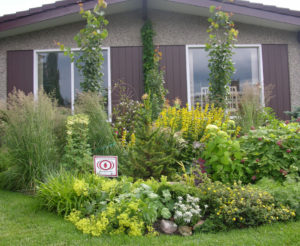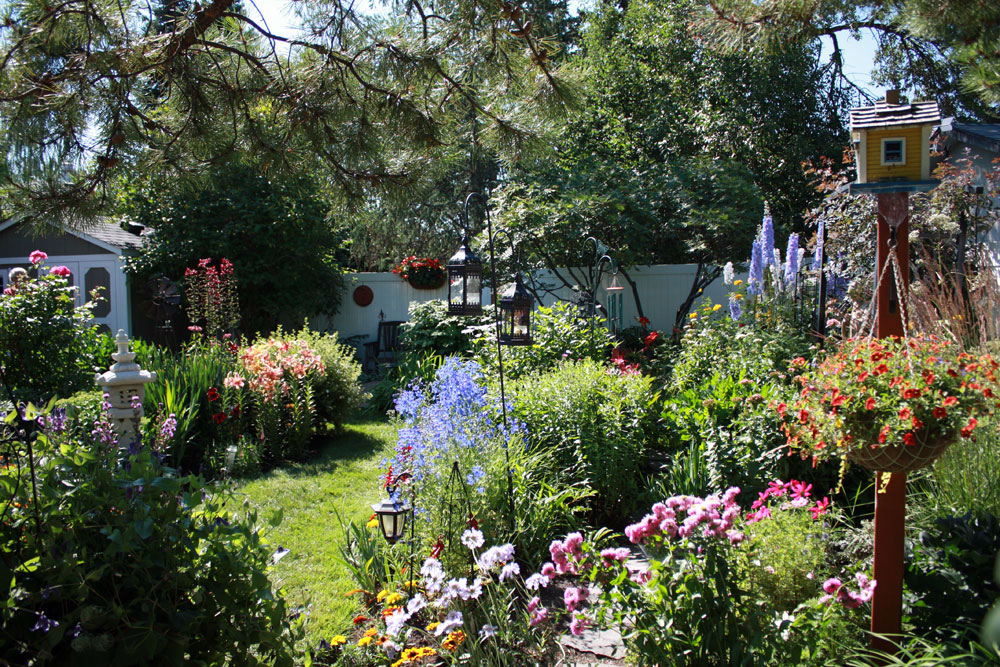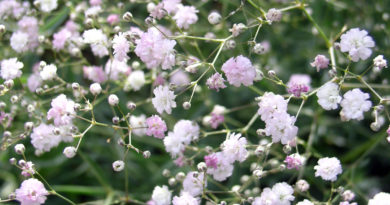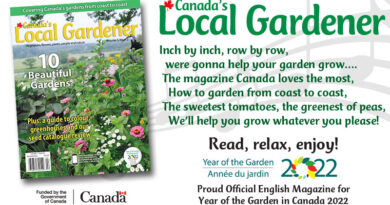Plant Combination Guide
Choosing the right plant combinations for your garden
As you begin gardening, understanding which plants grow well together is essential. While you’re free to choose whichever plants appeal to you, some combinations naturally work better than others in terms of space, aesthetics and health.
With that in mind, it’s helpful for homeowners to learn about effective plant combinations. Here are several key factors to consider.
Growth direction and placement
For gardeners with limited space—especially in urban areas—it’s important to match plants based on how they grow. Sprawling groundcover plants, for instance, pair well with vertical growers such as climbers and vines. These combinations make the most of available space and encourage a garden with natural visual flow.
Container gardening is another excellent strategy. Everything from clay pots to repurposed water tanks can be used to supplement planting space, adding flexibility and variety.
Complementary colours
As in art, contrasting colours create visual harmony. Pairing blue or violet flowers such as lavender with bright yellows like marigolds or sunflowers creates a vivid, eye-catching display. A good rule of thumb is to balance light and dark tones for maximum impact.
Leaf shapes and patterns
Foliage variety is another way to elevate your garden design. Long, narrow, sword-like leaves contrast beautifully with broad, round-edged ones. Consider mixing leaf patterns too—such as fishbone or lobed shapes with solid, undivided leaves—to create a more dynamic and diverse appearance.
Texture
Mixing plant textures can add richness to your garden. Soft, low-growing plants contrast well with spiky or rough-looking shrubs. Combining different surface textures draws the eye and adds interest throughout the season.
Height
Height matters when it comes to creating balance and structure. Use taller plants in the corners or background, medium-height shrubs around the perimeter, and lower-growing species toward the front. Alternating between waist- and knee-high plants can form attractive, layered patterns.
 While there are other considerations—such as ease of maintenance—these tend to relate more to local conditions such as climate, soil type, and sun exposure. The principles above come into play once those basic environmental factors are understood.
While there are other considerations—such as ease of maintenance—these tend to relate more to local conditions such as climate, soil type, and sun exposure. The principles above come into play once those basic environmental factors are understood.
Gardening is a deeply rewarding hobby that brings beauty, calm and a sense of purpose. It offers well-documented health benefits, including stress relief, physical activity, and improved mental well-being.
Beyond aesthetics, a thoughtfully planted garden provides habitat and food for birds, insects and other wildlife, contributing to biodiversity. And when you grow vegetables and fruit, your garden offers nourishment as well as beauty.
Gardening doesn’t have to be complicated. With a few basic principles and a willingness to care for your plants, you can create something truly special. Knowing how to combine plants effectively makes it easier to choose what works—and leads to a garden that’s both thriving and uniquely yours.






